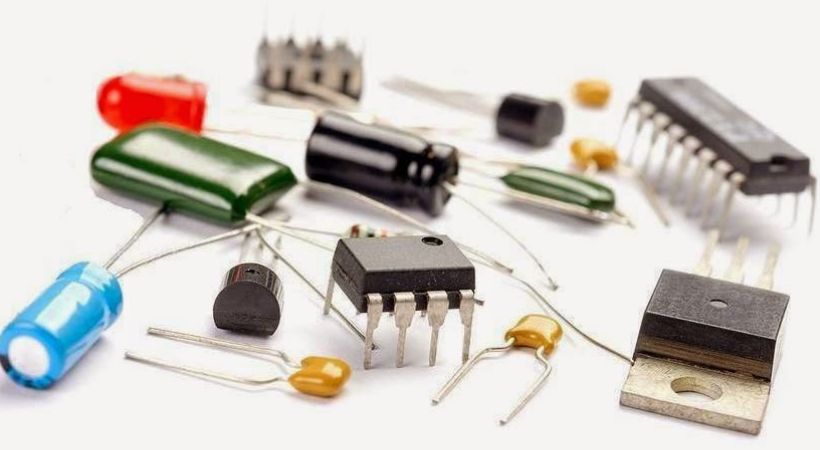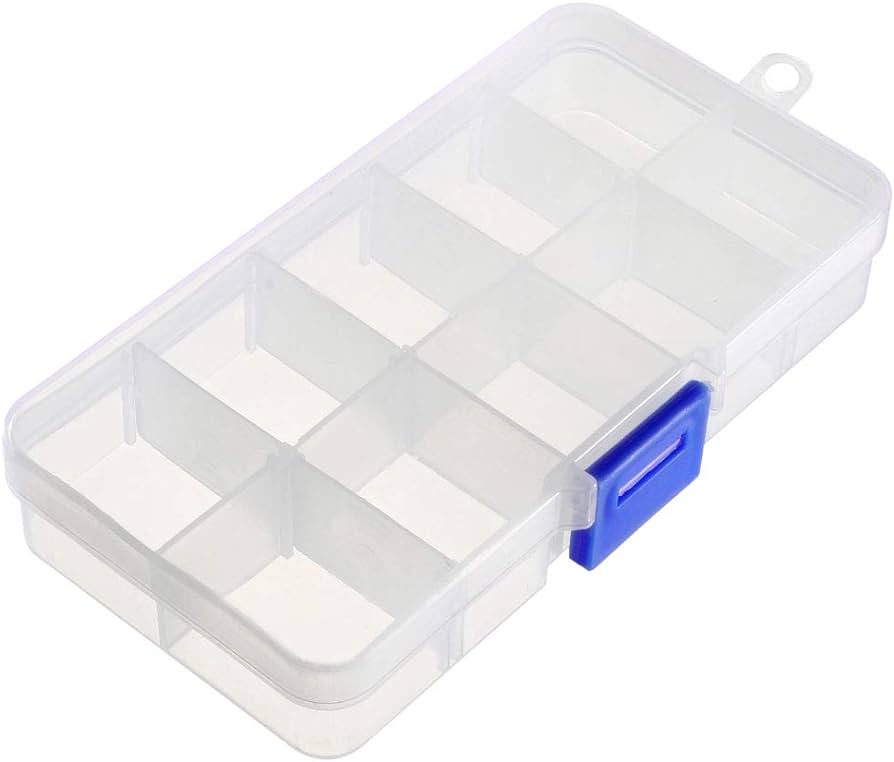Electronic components are the basic building blocks of electronic circuits and systems. Organizing electronic components is important for efficient and convenient access and maintaining an orderly workspace.
Components can be arranged in a variety of ways for convenient access. It is up to you to decide how you wish to arrange the parts. Obtain a storage container that has compartments. One by one put the parts in the box and mark them with terms like transistors, capacitors, and resistors. Alternatively, you might construct individual component storage boxes and fill each one with the same components having the same value.
In this article, we will provide a detailed guide on electronic component organization for beginners to effectively store and manage components.
Electronic components organization
Different components are used whenever you want to build any project. It would be hard to find different components if these weren’t arranged and ordered properly.
The term “component organization” describes the systematic arrangement and management of electronic components in a way that facilitates effectiveness, accessibility, and appropriate storage.
Before delving into how can you organize different electronic components, let’s discuss why the organization of components in a specific order is essential.
Benefits of components organization
The organization of electronic components is essential for several reasons, playing a crucial role in the efficiency, accuracy, and overall success of electronic projects.
Here are some key reasons why effective electronic components organization is important:
1. Time efficiency
A well-organized system allows for quick and easy access to the required components.
When components are properly categorized, sorted, and labeled, it significantly reduces the time spent searching for specific parts.
This promotes efficient workflow and increases productivity, particularly when working on time-sensitive projects or troubleshooting tasks.
2. Reduce frustration
If the components are not well arranged the component finding will become difficult, and it will increase the anger and frustration.
An organized workspace minimizes frustration and stress associated with misplaced or lost components. Finding and locating components when needed is much easier when they are kept consistently and logically.
The organized components remove the inconvenience of having to waste time looking for components or sifting through dense places.
3. Damage prevention
The organized and arranged electronic components reduce the damage to the other components.
When components are stored in appropriate containers or compartments, they are shielded from physical damage, exposure to dust, moisture, or static electricity.
So Proper electronic components organization helps protect components from damage. This extends the lifespan of components and ensures their reliability when used in projects.
4. Enhanced productivity
Electronic engineers are much more productive when their components are well-organized. This is because well-organized workflows enhance design and assembly processes.
When the components are arranged and labeled, one can find the components easily reducing the time spent on searching and minimizing disruptions in their work.
In this way, a person can invest energy and creativity into the design process, enabling the timely completion of high-quality electronic projects.
5. Quality assurance
Organizing electronic components plays a critical role in ensuring quality assurance throughout the electronics manufacturing and assembly process.
Clearly labeled and organized components reduce the risk of errors during assembly or testing, contributing to the overall quality and reliability of the final product.
A system that is well-organized guarantees that every part is treated carefully and helps make the electronic assembly process successful as an entire process.
6. Cost-effective management
We can also call the organized and well-arranged electronic components a cost-effective management process.
An organized inventory system helps in keeping track of component quantities and avoiding unnecessary purchases. This can save costs and prevent overstocking.
So invest in good and easily to use component arrangement tools to keep track of various components.
These were some benefits of organizing different components as a well-organized system not only saves time and effort but also enhances the overall experience of working with electronic components.
Step-by-step process for organization
Now you understand why the arrangement of the electronic components is essential, it’s time for the process you can use to organize your components.
Here is a step-by-step process for organizing electronic components:
Step 1: Asses your components
The first step is to go to your workplace and understand what you have and what you want to organize.

Consider the types of components, their quantities, and any specific storage requirements.
Evaluate your workspace and determine the available storage space and the organization methods that would work best for you.
Step 2: Categorize your components
In the first you have gathered the different components, now categorize the various components.

Start by categorizing your components into broad groups. Common categories include resistors, capacitors, diodes, transistors, integrated circuits (ICs), connectors, and so on.
This initial categorization provides a foundation for further organization.
Step 3: Sort within each category
Within each category, further sort the components based on specific criteria.
This could be sorting resistors by resistance value, capacitors by capacitance, or ICs by part number.
Sorting helps in quickly identifying and retrieving specific components when needed.
Step 4: Gather storage containers
After categorizing various components, it’s time to gather different storage component containers.

To hold your components, choose the right trays, boxes, or storage containers. It is best to use clear containers so that the contents may be easily identified visually.
Use sections or dividers in your containers to keep components apart and avoid combining them. Labels, label makers, and additional supplies for labeling and organizing may also be required.
Here is the best component organizer you can explore yourself.
Step 5: Label storage containers
After selecting containers now you have to label them with the name or type of the components they hold. Clear and legible labels are important for quick identification and retrieval.
Use adhesive labels, label makers, or other labeling methods to ensure clarity and consistency.
Step 6: Arrange components in containers
The last step is to place the components into the appropriate storage containers using the categories and sorting standards you created.
Ensure that each component is placed in its designated spot.
By following these steps, you can establish a well-organized system for storing and managing your electronic components.
Keep in mind that organizing is a continuous process, and as your collection of components expands, you might need to modify and improve your approach.
Tips for beginners
Let’s discuss some helpful tips for beginners who want to organize their different electronic components:
- Begin by organizing a small set of components. Once you’re comfortable, you can expand your organization system.
- Group similar components together. For example, store all resistors in one section, capacitors in another, and so on.
- Label each container with the appropriate name to make it easy for you to identify components.
- Regularly review your storage containers and discard components you no longer need. This prevents unnecessary clutter.
- Store components away from hazards like liquids or direct sunlight.
Always remember, the key is to organize a system that works for you and you’re comfortable with it.
Conclusion
Electronics is a vast field and various components are used to design different circuits and systems.
If these components are not well-arranged and mixed, when you start working it will cause inconvenience and frustration.
The electronic components organization essential for different reasons such as
- Reduce frustration
- Time efficient
- Prevent damage
- Enhance productivity
- Cost efficient
Organized the components in a specific manner to make accessibility easy. Place the components in the desired container and label it. A clear label is needed to identify components quickly.
This was all about the organization of components, I hope it will be helpful.
Thank you and have a great life!
